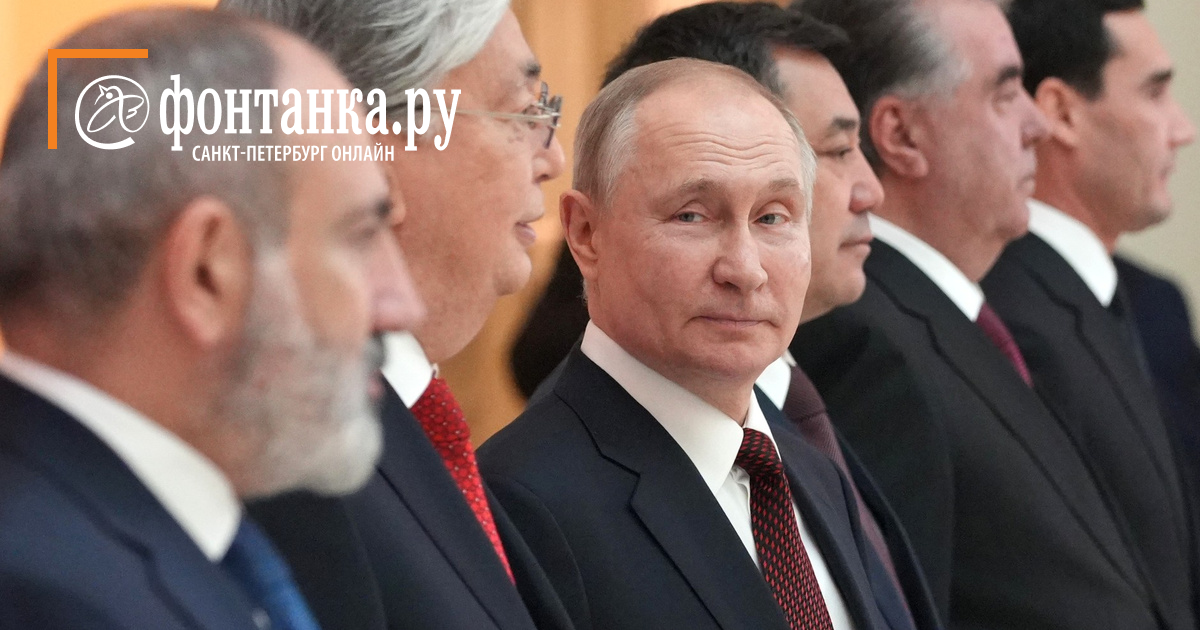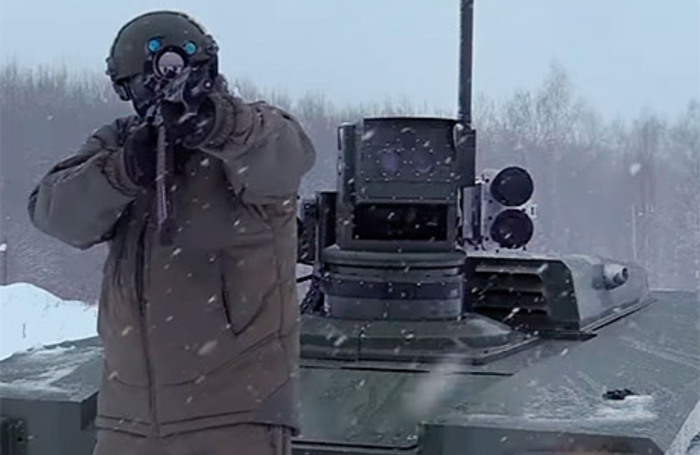point in the dialogue about the Kuriles / Geopolitics / Nezavisimaya Gazeta
“Island territories” Moscow and Tokyo will be more actively defended
Visits of Japanese ships to Vladivostok were observed. Photo from www.mil.ru
The gradual degradation of Russian-Japanese relations in recent weeks has moved according to an accelerated program.
The official representative of Tokyo actively participated in the sanctions marathon, Japanese business decided to leave the Russian market on a voluntary basis.
On March 21, a signed event actually happened: the Russian Foreign Ministry announced that Russia was refusing to negotiate a peace treaty with Japan due to unfriendly actions by Tokyo in connection with specific ones in Ukraine.
NEVER HAPPENED AND HERE AGAIN
Of course, it cannot be argued that the Russian-Japanese authorities were actively moving forward. But in the life of Prime Minister Shinzo Abe, there were some progress, there were summits and trips to the Eastern Economic Forum.
Not that the contract was necessarily necessary – the application and other documents, the binding nature of which is a prerequisite. Be that as it may, the signing of the peace treaty became an impetus for the development of Russian-Japanese relations in various countries: political, economic, humanitarian, even international and international. However, it went very slowly. And after the start of Russia’s special operation for the denazification and demilitarization of Ukraine and the expected goal.
“The Russian side in the current conditions does not intend to show special significance with Japan under a peace treaty and does not allow discussion of the signing of an official document on bilateral relations with property, which is openly hostile and lays claim to the significant interests of our country,” the Russian Foreign Ministry said.
But this is not the only surprise for the Japanese. Moscow as a retaliatory measure to delay visa-free travel of Japanese citizens to the South Kuriles. Terminates dialogue with Japan on the establishment of joint economic activities in the South Kuriles. And blocks the extension of the status of the representative of the Organization of the Black Sea Economic Cooperation in the sectoral dialogue.
JAPANESE MILITARY STRATEGY
Tracking the military development in neighboring Japan, it can be reasonably argued that the so-called active defense of island confiscations, adopted as a strategy by the Japanese state and military authority, is getting more and more clear evidence.
In particular, the budget allocation of the Japan Self-Defense Forces (JSF) from 2018 began to save costs since its inception. The budget includes funding for the export of a batch of stealth F-35 fighters, the purchase of new destroyers with guided missile weapons, as well as the purchase of helicopter carriers to ensure the safety of fighter flights.
Of particular note is the first brigade of high-speed maneuverable amphibious assault in 1945. The main base of the new island formation is Okinawa. This is dictated by the active defense strategy “to manage the hostilities in remote island territories.”
In the Sasebo Naval Base area (Kyushu Island), a training detachment of the SSF marines, as well as a detachment for the preparation of a mechanized amphibious assault, has been opened. The number of mobile amphibious assault brigade at the first high estimate of 3 thousand army. In the future, the Japanese command plans to deploy a formation of up to 9 thousand people and deploy its unit in the southwestern and northern directions. South Kuril ridge.
FEATURES OF ISLAND TVD
The Japan Maritime Self-Defense Force (JSF) high command plans for combat operations in remote island territories first appeared back in 2005.
In the course of their discussion, Japanese experts observed the size of the maritime boundaries and the number of detection islands that can be detected under the impact of a source or used as springboards for detecting equipment. As a result, it was concluded that the MCSF is practically not peculiar to the “expulsion” of the enemy in the event of an armed conflict.
Japanese military analysts note that on most of the remote islands there are practically no accidents (there are no natural / artificial phenomena / shelters). As a result, their capture is quite simple, but further retention and control are implemented in the problem. In addition, at most of the remote airfields of the southwestern islands, which does not allow the deployment of combat and military transport aircraft.
NSLF Marine units have been conducting landing exercises on the islands since 2006. At the same time, the tactics of amphibious assaults are consistent with the requirements of the US Navy guidelines based on the combat experience of the US military. In accordance with the adopted legal documents, the amphibious assault units must independently prepare a bridgehead for landing: to clear the water areas from bottom mines and other barrages of naval swimmers and sapper service divers.
The calculation of the time shows that it takes an average of 30 minutes to land troops from the ship to the shore. At the same time, the units move on hovercraft (mainly heavy armored vehicles), on AAV7-type amphibious tracked armored personnel carriers (52 units are in service with the MCSF) or on rubber boats.
amphibious landing operation
According to the name of the US Navy, the landing of the first echelon is left in the naval airborne assault airborne assault landing deck. Armored vehicles include the use of small arms and the ability to cover an attack. The use of high-speed convertiplanes MW-22 (in service with the SSN consists of 17 units), based on the helicopter-carrying ships of the MSNF, will reduce the landing time.
The personnel of the landing units must be strictly divided in a ratio of 50 to 50 between floating armored vehicles and aircraft delivery vehicles. This is probably the capture of a bridgehead, its retention and expansion as the main forces are covered. According to Chinese sources, flights of MV-22 tiltrotor aircraft and landings on AAV7A1 amphibious armored vehicles include three Osumi-class assault helicopter-carrying dock ships (4001 Osumi, 4002 Shimokita and 4003 Kunisaki) and two helicopter carriers Hyuga “.
F-15C fighter-bombers and fifth-generation F-35B stealth fighters with short takeoff and landing are sent to the force air support for the amphibious assault. The first will operate with the main air bases, and the second – with destroyers-helicopter carriers of the Kaga type (project 22DDH, 182 Izumo and 183 Kaga). Currently, the flight deck, aircraft hangars and elevator platforms of these ships are being modernized.
To date, the main problem for the Japanese side remains an extremely small number of floating armored vehicles. This issue of the military-political leadership of Japan and the command of the NSNF is being solved with the help of the merger of the defense-industrial company Mitsubishi Heavy Industries. The engineering and design personnel of the enterprise is developing a new combat vehicle. Its layout was demonstrated on June 12, 2017 at the international maritime exhibition MAST Asia 2017.
JOINT EXERCISES OF “BOGATYRS” AND “SAMURAIS”
Despite the current situation, Russia and Japan are widely using joint educational institutions to develop combat skills.
The exercise that took place on January 20-21 in the area of the Arabian Sea is not the first Russian-Japanese exercise. But this is the first anti-piracy exercise in which detachments of ships from the Baltic Fleet and NSNF took part in the area. A detachment of ships of the Baltic Fleet was represented by the Yaroslav the Wise patrol ship, the Yelnya tanker and the Viktor Konetsky sea tug, and the Harusame destroyer (Kharusame) is available to the MSSO.
On the first day after the kick-off conference on Russian ships, I conducted joint training in maneuvering and signal exchange, including at night. The program of the second day was richer: the sailors of the two-kilometer ship acted out an episode on the release of the ship, captured by conditional pirates. After the encirclement of the captured ship, Yaroslav the Wise and Harusame took up positions for fire support of the assault and raised firing points, the assault group captured the ship and neutralized the pirates remaining on board. At the end of the episode, the sailors carried out a joint inspection of the open ship.
Also, during the training events, small artillery and heavy machine guns are fired at sea targets. Helicopters of carrier-based aviation of Russia and a Japanese spacecraft were lost in cross flights with landing on the deck of the Yaroslav the Wise ship and the Harusame destroyer.
CONCLUSIONS
The destabilization of the Indo-Pacific region in the first quarter of the 21st century and the aggravation of contradictions between the great powers present here, a Russian-Japanese dialogue on security issues took place, even more significant. Its development would begin to advance Russo-Japanese relations as a whole, thus offsetting the stagnation associated with the lack of progress in negotiations on a peace treaty.
But life and practice measure that in modern conditions, actions correspond to the Japanese principle “fast is slow, but without interruptions”, obviously not enough.
It seems possible to argue that relations between Moscow and Tokyo are currently in ruins. It would be logical for the Japanese to take a step in its de-escalation, but we will not wait for a long time. Japanese Prime Minister Fumio Kishida has already said that Moscow’s decision to withdraw from dialogue with Japan on a peace treaty is “unacceptably harsh, absolutely unjustified and unacceptable.”
Japanese residents continue to conduct military maneuvering naval exercises on the northern training grounds of the Hokkaido Islands. Activities that take place as part of monitoring the northern neighboring potential of its active defense.
Obviously, the current leadership is experiencing a rather painful reaction to the approach to the district military district of the RF Armed Forces, the island units occupying coastal anti-ship missile systems are powerless against the coverage of the US Navy (the main ally of the countries of the eastern sun).




